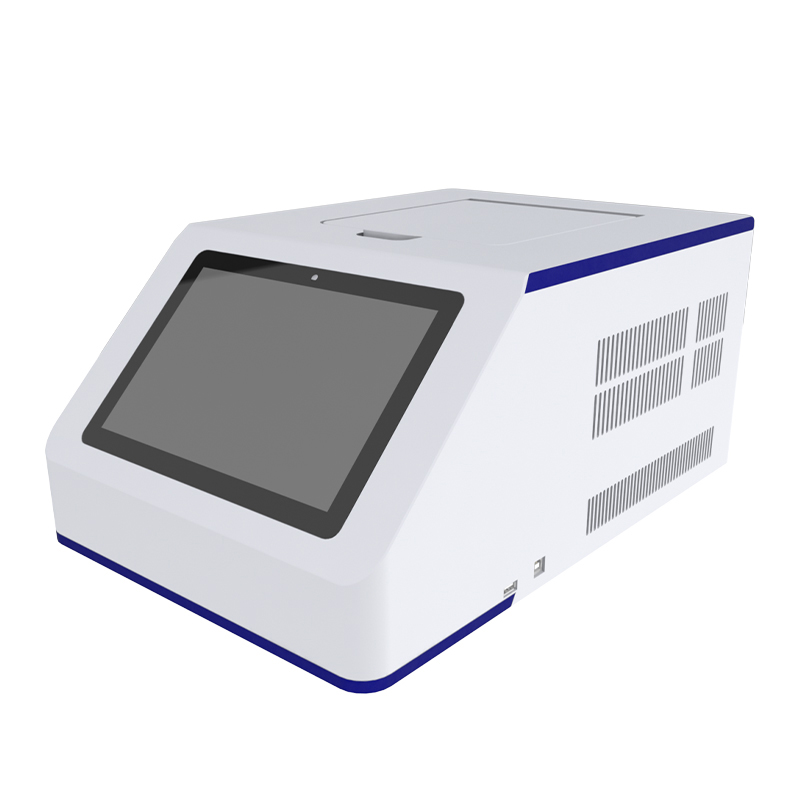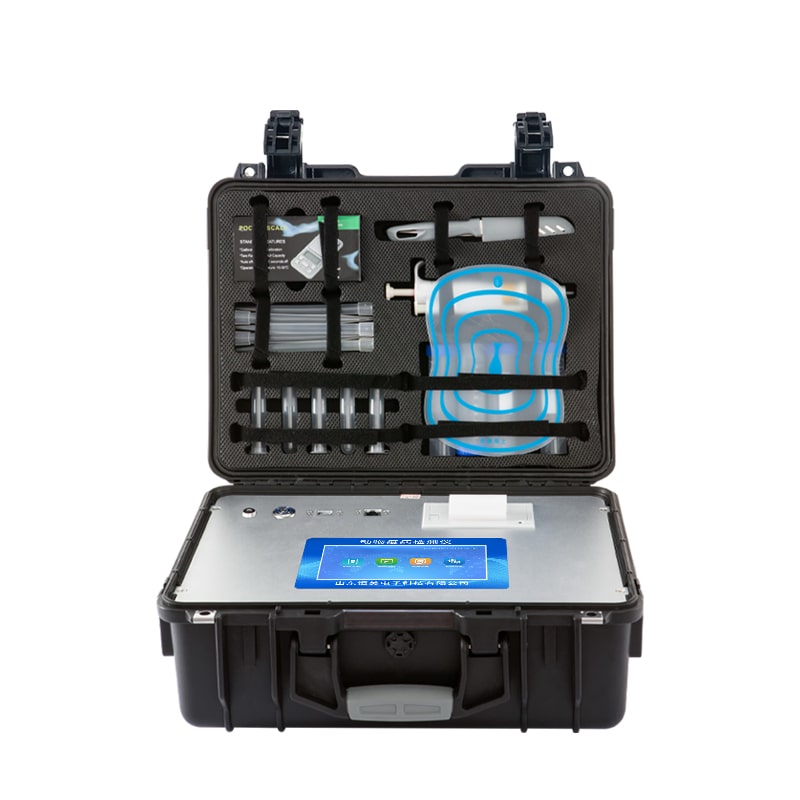In an era where food safety, public health, and industrial compliance are increasingly important, ATP fluorescence detection technology has become a breakthrough tool for microbial contamination monitoring due to its fast, accurate, and portable characteristics. By utilizing the ubiquitous energy molecule ATP (adenosine triphosphate) in living organisms to react with firefly luciferase, this technology provides a novel cleanliness assessment solution for fields such as food production, healthcare, pharmaceuticals, and environmental monitoring.

Technical principle: Scientific basis for ATP detection
ATP is the core molecule that stores energy in all living cells, from bacteria to human tissues. When cells are damaged (such as through surface wiping or liquid sampling), ATP is released into the environment. ATP fluorescence detection consists of four key steps:
Sampling: Collect residues from the target surface or medium using sterile swabs or liquid samples.
Lysis: Adding lysis reagents destroys the cell membrane and releases intracellular ATP.
Reaction: ATP reacts chemically with luciferin and luciferase (enzymes derived from fireflies) in the presence of magnesium ions and oxygen, producing bioluminescence signals. The intensity of light is directly proportional to the concentration of ATP.
Detection: The high-sensitivity photodetector quantifies the luminescence intensity, expressed in relative light units (RLU), reflecting the microbial load.
The entire process only takes 10-20 seconds, without the long waiting time required for traditional cultivation, and real-time data can be provided.
Core advantages of global application scenarios
1、Speed and efficiency
Traditional cultivation methods require 18-24 hours or even longer, while ATP testing can provide results within seconds. For example, in the disinfection of surgical instruments in food processing plants or hospitals, this real-time feedback capability significantly improves the efficiency of risk management.
2、Convenience of operation
The device design focuses on user experience: handheld instruments (such as DA-SP3, KH-TE002) weigh less than 500 grams and are equipped with touch screens, data storage, and cloud synchronization functions. Non professionals can operate them with simple training.
3、Cross industry adaptability
Food safety: From dairy production lines to meat processing plants, ATP testing can quickly assess the surface cleanliness of equipment. Research has shown that regular ATP monitoring can reduce the risk of contamination in food companies by 60%.
Medical field: A hospital in Japan optimized the endoscopic cleaning process through ATP testing, resulting in a 22% decrease in postoperative infection rate. This technology is also used for disinfection validation of surgical instruments and ICU environments.
Pharmaceutical and Biotechnology: Microbial monitoring of cleanroom equipment and packaging materials relies on ATP testing to ensure compliance with GMP standards.
Environmental monitoring: The water department uses ATP detection to evaluate the microbial load of drinking water, wastewater, and soil, and optimizes treatment processes.
4、Data compliance management
Most devices support storing thousands of test records, with user permission management, custom qualification thresholds, and integration with quality management systems (QMS). For example, the Lumitester C-110 can export data via Wi Fi to meet audit requirements.
The innovative value of addressing global challenges
The global demand for ATP testing is growing due to the following trends:
Innovation in the food industry: The rise of plant-based foods and "clean label" products is driving rapid screening for microbial risks in new raw materials.
Medical anti infection demand: Against the backdrop of increasing antibiotic resistance, ATP testing helps hospitals strengthen disinfection verification in high-risk areas such as ICUs.
Sustainable development: The environmental department uses ATP detection to monitor the microbial activity in ecosystems and evaluate the effectiveness of biodegradation technologies.
ATP fluorescence detection is not only a technological innovation, but also represents a paradigm shift in health and safety management. By transforming invisible microbial risks into quantifiable data, it empowers the industry to proactively prevent and control pollution. In the context of the complexity of global supply chains and the improvement of public health standards, ATP detectors have become a key tool for ensuring health and sustainable development. For international users who pursue efficient and reliable solutions, this technology is not only a device, but also a strategic partner for global health security.
Article address:https://www.molecularbio.cn/news/33.html













